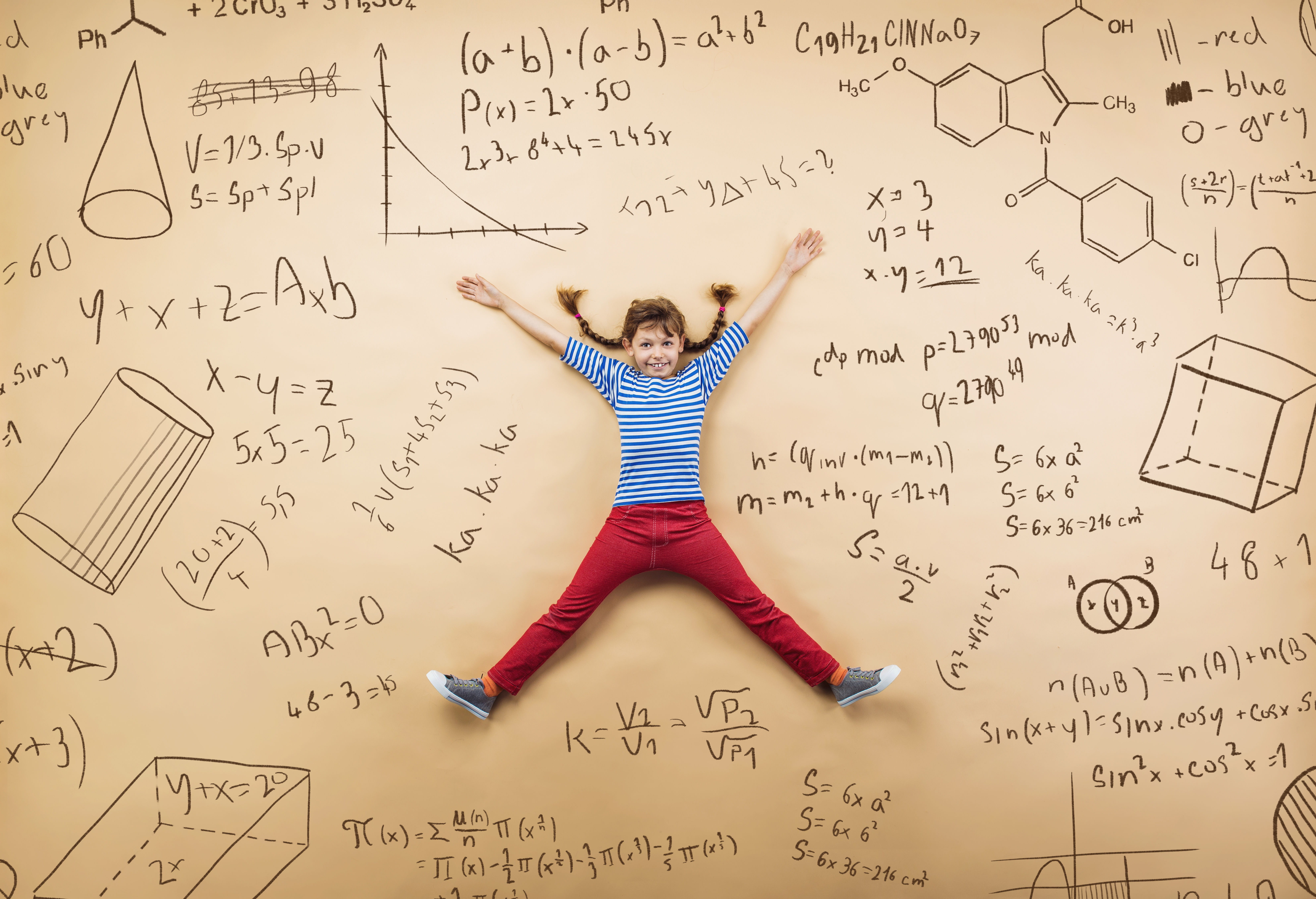The focus of this activity is to encourage students to use trial, error and persistence to solve the problem. All students will be able to find possible solutions, but can they find a way to record their solutions and prove that their solutions are different from one another and that no other solutions are possible.
Purpose
- Identify the qualities of a good mathematician
- Demonstrate the qualities of a good mathematician
- Use trial and error to investigate the problem
- Share ideas and approaches with other students
- Explain and record thinking using a systematic approach
- Recognise and explain reflections and rotations
Curriculum Connections: VICTORIAN CURRICULUM F-10
LOCATION & TRANSFORMATION – Level 3
- Identify and describe slides and turns found in the natural and built environment (VCMMG145)
STATISTICS & PROBABILITY – Level 3
- Collect data, organise into categories and create displays using lists, tables, picture graphs and simple column graphs, with and without the use of digital technologies (VCMSP149)
- Interpret and compare data displays (VCMSP150)
At the end of this lesson students should be able to answer the following questions
- What do you notice about this problem?
- How many solutions do you think there are?
- How can you record your solutions?
- What is a reflection? What is a rotation?
- How can you prove you have found all the solutions?
- Can you use this information to solve to predict the number of solutions to a similar problem?
- If 6 eggs have one solution how many solutions does 1 egg have?
For more information, please download the attached lesson plan.
Recommended Posts



